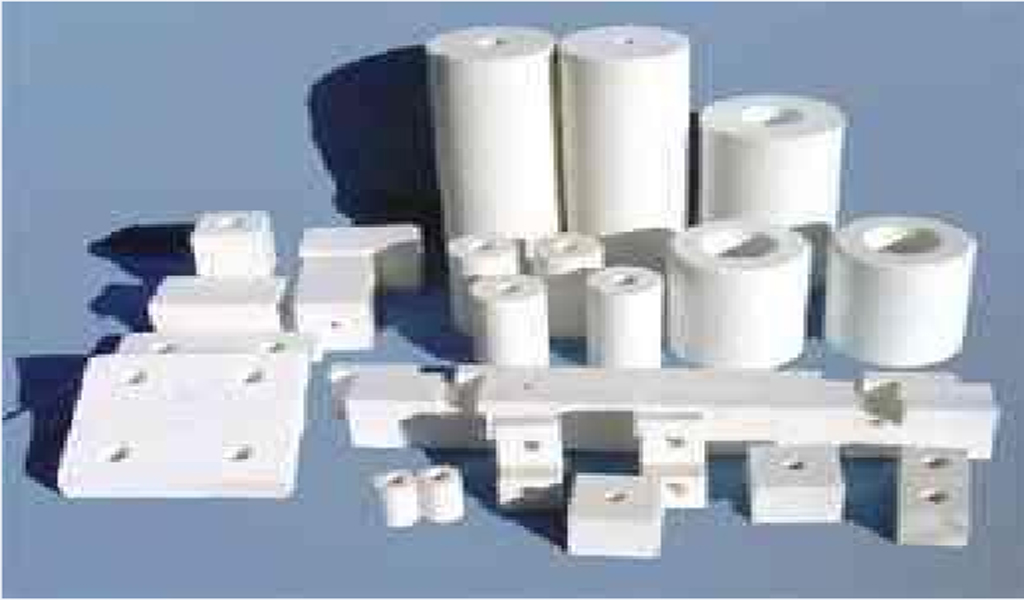The performance of zirconia ceramics is very stable. What makes it stable is that its structural system is very special. It has three crystal forms, and the three crystal forms have different densities. introduce.
High-purity praseodymium oxide is white, and relatively pure ZrO) is yellow or gray. ZrO2 has stable chemical properties, besides sulfuric acid and hydrofluoric acid, it has good stability to acid, alkali and alkali melt, glass melt and molten metal. Low thermal conductivity, good thermal stability (partially stabilized ZrO2) and reduced high temperature are the most important characteristics of ZrO2 ceramics.
The thermal conductivity of ZrO2 ceramics is much lower than other ceramics, it is a kind of high temperature resistant ceramics. The deformation temperature of pure ZrO2 dense sintered body is as high as 2400-2500℃, and the creep temperature of products produced by general industrial pure ZrO2 also reaches 2200℃. Therefore, ZxO2 ceramics are ideal materials for high temperature heat insulation and structural materials.

ZrO2 ceramics also have good wear resistance, compared with Al2O3 ceramics, its wear rate is 0:15 (ZrO2tA2O2). In addition, ZrO2 ceramics have stable chemical properties and do not wet with most molten metals. The melting point of ZrO2 is 2715°C. ZrO2 has three crystal forms: monoclinic, tetragonal and cubic, and its densities are 5.65g·cm3, 6.10gcm-3, 6.27gcm~3, respectively. It can be seen that the higher the temperature, the higher the density. Therefore, under the same mass, the lower the temperature, the larger the volume.
In fact, people are not unfamiliar with ZrO2, and it was used as a refractory material for melting glass and refining steel as early as the 1970s.[21,但用做结构材料则是在认识了m→t相变体积效应后的近20年的事310。如图1-1所示,ZrO2共有三种晶型], in the high temperature section (>2370℃), it is a cubic phase, in the middle temperature section (1200~2370℃), it is a tetragonal phase, and in the low and low temperature section (<<950℃), it is a monoclinic phase. The tetragonal crystal form of ZrO2 is equivalent to the fluorite structure elongated and deformed along the C axis, while the monoclinic crystal is formed by the tetragonal crystal deflected by an angle along the β angle.
The lattice constants of three crystal forms of zirconia and zirconia with different stabilizers are shown in Table 1-1
Pintejin machining ceramic service include : Alumina Ceramic Parts, Zirconia Ceramic, Silicon Carbide Ceramic, CNC Machined Aluminum Nitride Ceramic, Machinable Ceramic Parts, Glass Ceramic,Macor Ceramic,Powder Metallurgy Dies,Ceramic Injection Molding,Ceramic Dry Pressing,Ceramic Extrusion Dies




